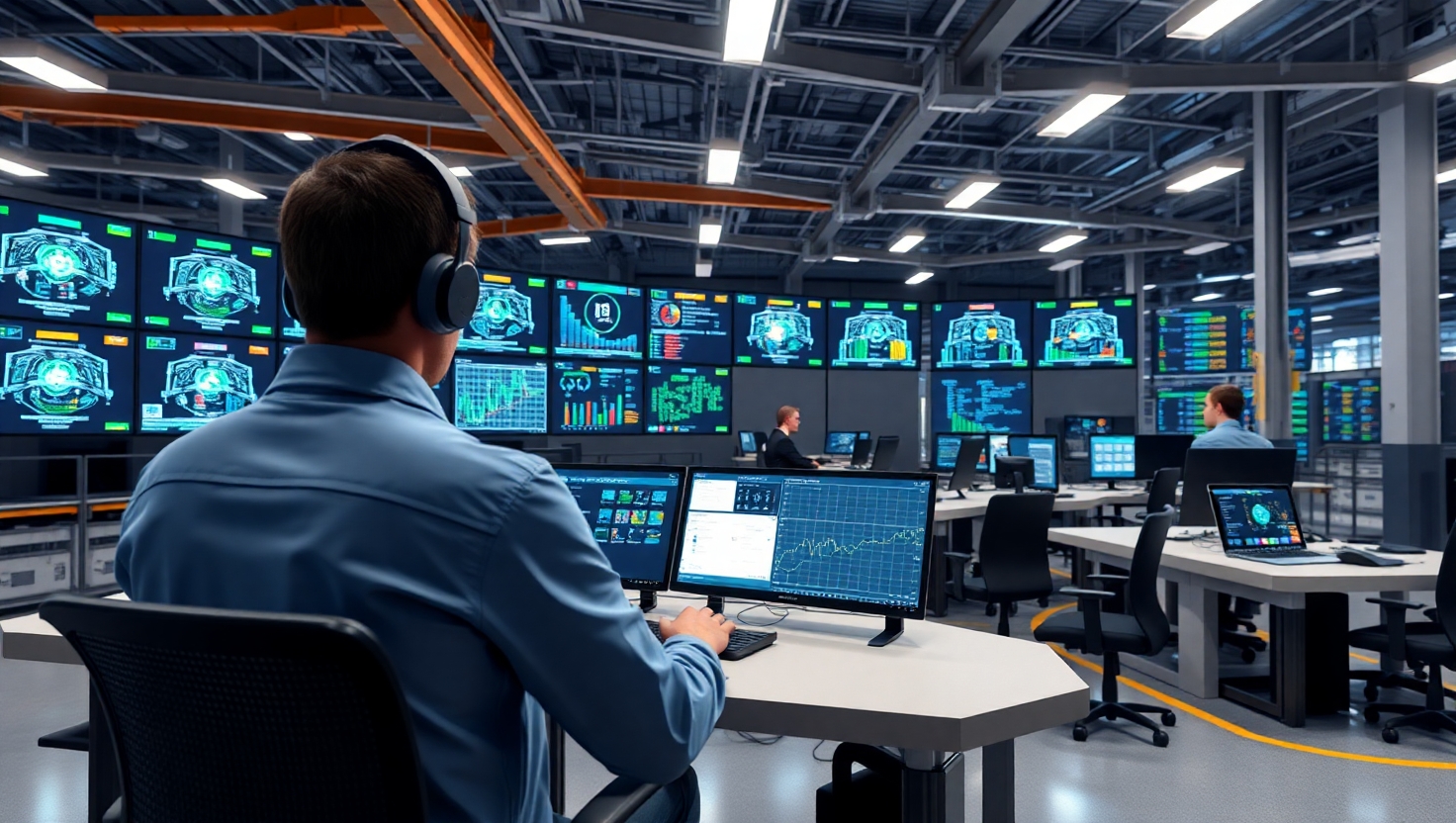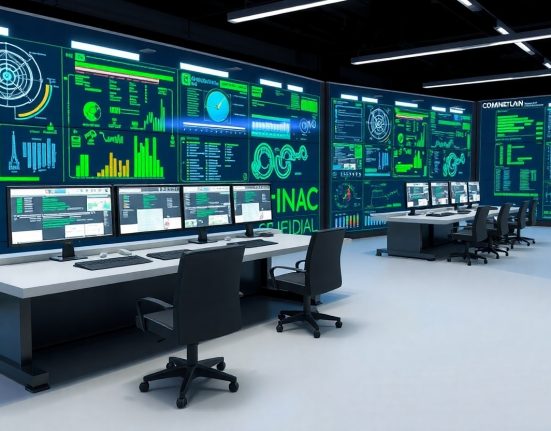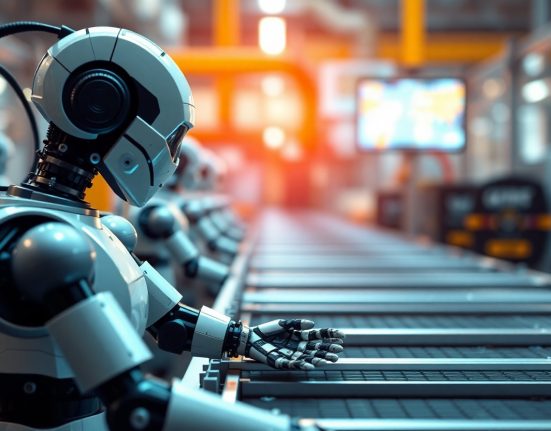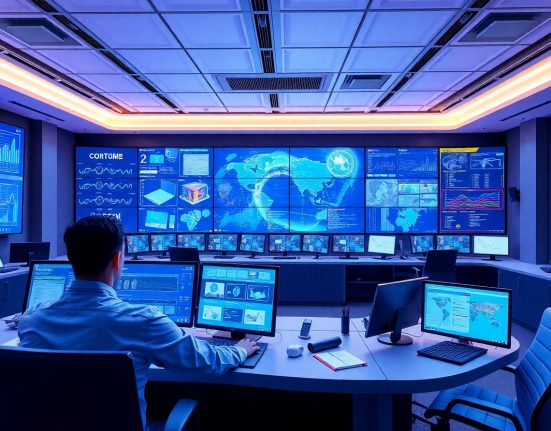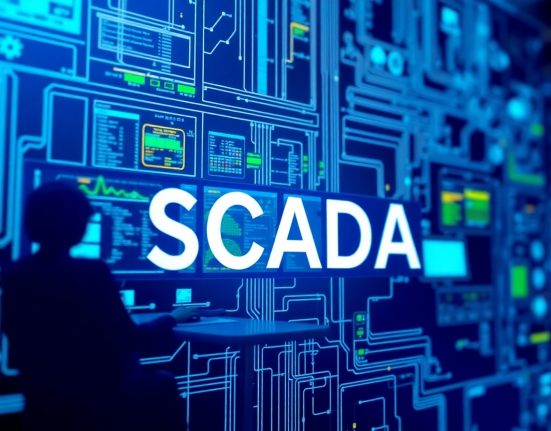There are moments when technology stops being a futuristic concept and becomes a living, breathing part of the real world. That is exactly what happened when I had the chance to follow an advanced command and control project implemented in a smart industrial facility. From the very beginning, it was clear something special was happening. This wasn’t just another theory or simulation. It was a full realization of everything we had imagined when we talked about smart facilities. The system had full control over lighting, cooling systems, security, and maintenance operations, all through a smooth and intuitive interface that just felt right.
The case in question involved a 24/7 facility equipped with hundreds of sensors spread throughout the building. These sensors were not only reporting changes but analyzing and cross-referencing data in real time. For example, when a drop in energy consumption was detected in a certain area, the system would cross-check that with occupancy, humidity, and temperature data and then make an independent decision. One day we saw it adjusting the ventilation across an entire wing just because it noticed a door had been left open for a few minutes. No human intervention. It just happened quietly and instantly.
What really caught my attention was how the command and control system doesn’t just react but actually learns. It gathers historical data, identifies patterns, and comes back with suggestions that are not only smart but genuinely useful. After just two months of use, the software recommended shifting certain machine operations to hours with lower energy costs. That simple change saved tens of thousands of dollars. Not because someone calculated it manually but because the system knew how to think and learn.
One of the most impressive moments was watching the system respond to a fault. A heat anomaly was detected by the sensors, which automatically triggered an alert, isolated the area, notified the maintenance team, and activated a camera focused directly on the source of the issue. All of this happened in under five seconds. No shouting, no button mashing, just a calm and accurate response that allowed the team to step in right away.
After a few weeks, it was hard to imagine the place without this intelligent command and control infrastructure. What used to be a collection of separate systems had turned into a single coordinated and flowing entity. You could feel that the system was alive and breathing along with the building and the people inside it. It was never about replacing humans. It was about freeing them from repetitive tasks and letting them focus on what truly matters.








